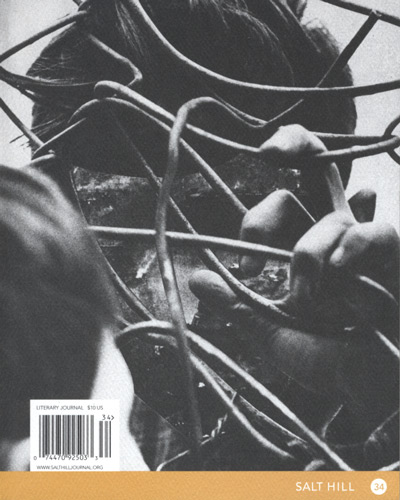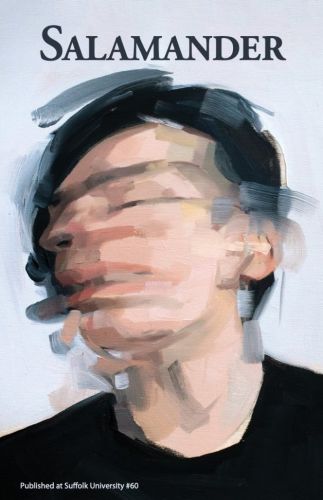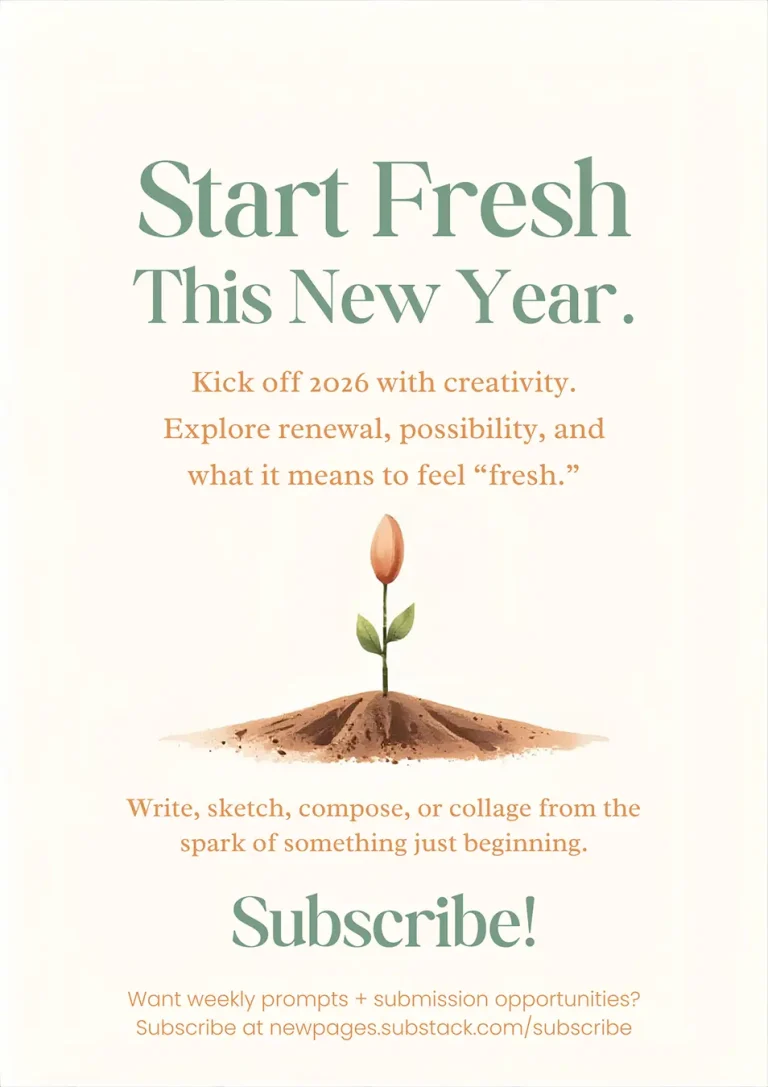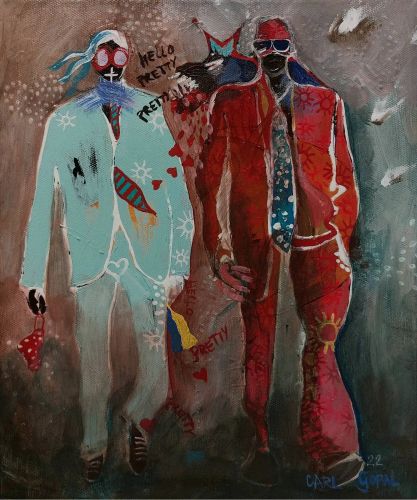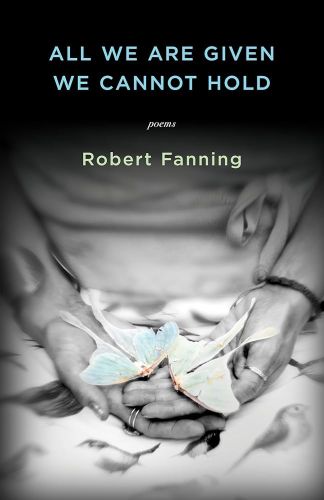Syracuse, New York was the center of a major salt-mining industry in the 18th and 19th centuries, such that it acquired the nickname “Salt City.” This fact may explain the name of the literary magazine Salt Hill, which bears the logo of a little glass salt shaker. The magazine itself only says: “Salt Hill is published by a group of writers affiliated with the Creative Writing Program at Syracuse University.” Syracuse, New York was the center of a major salt-mining industry in the 18th and 19th centuries, such that it acquired the nickname “Salt City.” This fact may explain the name of the literary magazine Salt Hill, which bears the logo of a little glass salt shaker. The magazine itself only says: “Salt Hill is published by a group of writers affiliated with the Creative Writing Program at Syracuse University.”
The masthead lists 25 students and one “advisory editor,” Michael Burkard. The youth of the editors makes them open to new voices and new forms. They are willing to take chances, both in what they choose to publish and how they present it, as a graphic design project. The student-run model also means that staff changes year by year. What literary finds favor this season may be anathema the next.
Still, this is a literary magazine like hundreds of others. It gives us selections of poetry, fiction, essay, and artwork—abstract paintings by Donald Groscost in color, and close-up photorealist drawings of skin by Susan D’Amato in black-and-white. The table of contents does not identify the writing by type, so I made some guesses.
The poetry here fits a well-defined aesthetic: free verse, short, generally without punctuation, but with plenty of white space. These poems have brief images and metaphors, but no development of imagery, and no story. It is difficult to say what such a poem means, and perhaps that is the poet’s intent. Emma Sovich has three short poems “from Wendy Rebinding Wendy,” but they refer to a character named Kin, not Wendy, and they are obscure. Sovich’s biography says that she “studies Book Arts at the University of Alabama,” so perhaps the images relate to that. More than a few poets use nature as a subject like Sarah Gambito in “First Winter” and Kent Shaw’s “When you’re not ambitious, this is how it ends.” Also included in the poetry this issue is the winner of The 2014 Philip Booth Poetry Prize, “The Week the Mississippi Queen is Gutted,” by Maari Carter. The title refers to a riverboat that has “ornate mermaids” with “fiberglass bodies,” mermaids that are later compared to a young black woman in a Memphis morgue.
In their introduction, the editors say: “In this issue we found ourselves drawn to stories that explore the nature of loneliness and the thorny landscape of love.” Sure enough, the half-dozen stories show characters unable to connect, or deserted by their partners, or sexually unfaithful. An exception is the brief “Ourselves and the Pirate Code,” by J. A. Tyler, in which twin boys aged about nine invite a girl to a video arcade, where they show her a secret cave under the floor. “We are in love with Mallory,” they let us know, and the story flows easily with the magic of first love.
“What Gets You Alone” by Ian Golding features a second person narrator, a young woman with a not-quite-husband named Keith, who pursues a PhD in “American Foodways.” Keith examines the hotdog, “the cultural ethos of frankfurters,” while “you” follows a neighbor, who is a victim of a possibly imaginary crime figure dubbed “The Creeper” by news media. It’s all good fun, a goofy satire on pop culture.
The second person narrator shows up in two other stories, “Bird Watching” by A. L. Ingham and “A Little Kindness Never Hurt Anybody” by Becky Tuch. Although not my favorite literary trend, along with along with a lack of quotation marks in dialog, the authors utilizing this technique do so well. In “Bird Watching,” Ingham draws parallels between Liam, an aging hippie anarchist “who used to live in a tree” with birds who are “casual visitors” as noted in the narrator’s guide book. “Turn forty,” she thinks. “Pretend you don’t care. Pick him up at the airport. Become his biggest fan.”
“Come or Go What May” by Steve J. Singer, “from an as-yet untitled memoir,” follows a young man who wakes up deaf. He walks to the home of Eryk, “my best friend of 25 years,” smokes Dorals, drinks beer, watches TV, and sleeps on the couch. That’s it. An excerpt from “Laika” by Lindsay Herko is a surrealist take on a childhood case of herpes zoster, also called shingles, mixed up with a former teacher named Mr. Iveson and the Russian space dog Laika, who was launched into orbit in 1957.
An interview with Arthur Flowers, “a Delta-based performance poet,” who teaches fiction at Syracuse, is followed by an excerpt from his novel Rest for the Weary. A former slave who has learned to read and write returns for a woman named Othella. The editors also promise hope this issue and it’s found in this excerpt as Othella has the powerful last line, one readers will have to pick up the issue to experience for themselves. A tour de force of dialect, it’s a moving story, perhaps the best in this kaleidoscopic issue.
With the staff changing from year to year, one wonders what issues of Salt Hill will be like in the future. If they’re anything like this one, readers will be pleased with what they find.
[www.salthilljournal.net]

